Yes - you need a resistor.
Your understanding of batteries is wrong.
If that is an AA Alkaline or carbon-zinc battery it will start with Vout ~= 1.5V BUT this will fall to about 1.0V across the lifetime of the battery.
A good place to look for a wide range of battery information is Battery University - that link is to their page discussing AA Alkaline batteries.
The graph below is from the above page. IGNORE the time scale and stated load. The red curve shows the typical discharge voltage with time for a constant current load - which is what you want to have. As can be seen, the voltage varies widely as the battery discharges, so your resistor required would change , and at 1.2V you reach the LED NOMINAL VF with about 25% of battery capacity remaining.
One solution is to use two batteries with similar characteristics and a constant current regulator. Such a regulator can be very simple and cheap - two "jellybean" (= common. cheap, nothing special) transistors and a very few resistors.

A possible alternative (which needs an expensive battery) is to use an AA LiFeS2 "Lithium" Battery. This has a characteristic much closer to what you had in mind originally.
You need to say what LED you intend to use. Here is a datasheet for an Everlightht IR323_H0_A rated at 100 mA. In the Digikey brief description they say it has a typical Vf of 1.2 V
BUT in fig4 of the datasheet they say Vf is typically 1.5V at 100 mA.
AND On page 3 it says 1.4 typical to 1.8V max at 100 mA
You'd have ahard time designing for this LED, even with the Lithium Battery. The LED you intend to use is liable to have similar uncertainties in its spec. Using a higher voltage and a current regulator (or even a higher voltage and a resistor) will work much better. The Li battery is better than nothing.
http://www.everlight.com/datasheets/IR323_H0_A_datasheet.pdf

What if I used one Lithium battery?
IF Vf = 1.2V and if Vlithium = 1.45V (a compromise) then for 100 mA.
R = V / I
= (Vbat - V_LED) / 100 mA
= (1.45 - 1.2) 0.1 A = 0.25/ 0.1
= 2.5 Ohms.
There is so much uncertainty that a 2.7 Ohm or 2.2 Ohm would be OK enough. Even a 1.8 Ohm MAY suit.
A "bad" LED with high Vf would reduce the current greatly.
ADDED:
- Question: I use a RadioShack High Output Infrared LED. SPECS: Forward voltage 1.2v, forward current 100 mA, Wavelength 940nm, Radiant power output (100ma) 16mW min., viewing angle to 1/2 intensity 45 degrees. That is all they gave me. Product number 276-0143 (I cannot find a 1.2v Voltage Regulator; should I just buy this: 1.2v batteris and charger? It's only $8.)
No. You should read my answer again. The AA Alkaline will work poorly even with a 1.2V regulator with zero minimum voltage drop. The IR LED that I cited WAS ALSO rated at 1.2V BUT different parts of the data sheet showed that it MIGHT be 1.4V, 1.5V or 1.8V. IF you are only building one of these then you could use a 100 mA source to drive the LED and measure Vf_actual. Or use a NEW 1.5V battery, add a 300 Ohm resistor (270, 330 etc OK) The Alkaline battery would still be a problem. The Lithium battery MAY work depending on Vf_actual.]3
Best is 2 x Alkaline batteries + a CONSTANT CURRENT regulator.
I dislike this circuit lightly modified from here but it will probably do.
Use TWO Alkaline AA 1.5V batteries for Vcc.
Current is set by the lower transistor turning on when the voltage across R (also named Rs) reaches 1 Vbe drop. This then shunts the drive current to the upper transistor.
I've shown Rb as being from 1k to 10k. As it gets smaller the required Vbe to turn the lower transistor on will fall somewhat and the current source will (probably) improve in its constantness. Somewhat. Using 1k and Vbe = 0.6V is probably a good start.
Icc = Vbe/Rs and Rs = Icc/Vbe
So for 100 mA, Rs = 0.6/0.1 = 6 ohms. Say 5R6 or 6r8 to start.



